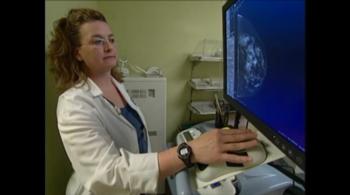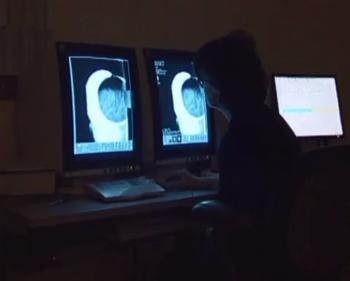Women Prefer Getting Mammograms Every Year
Released: November 21, 2017
At A Glance
- In a recent survey, 71 percent of women said they prefer to undergo screening mammography every year instead of every two years.
- The USPSTF recommends screening every two years, beginning at age 50.
- The USPSTF recommendation is based in part on what it perceives as “harms” of additional testing and anxiety that may result from over-diagnosis and treatment.
- RSNA Media Relations
1-630-590-7762
media@rsna.org - Maureen Morley
1-630-590-7754
mmorley@rsna.org - Linda Brooks
1-630-590-7738
lbrooks@rsna.org
CHICAGO – Women prefer to get their mammograms every year, instead of every two years, according to a new study being presented next week at the annual meeting of the Radiological Society of North America (RSNA).
“Women understand that yearly mammograms have been shown to save lives and do not consider previously reported ‘harms’ to be as important as getting screened,” said study author Ghizlane Bouzghar, M.D., chief radiology resident at Einstein Medical Center in Philadelphia.
For years, the standard recommendation among most medical groups was that women at average risk of breast cancer undergo screening mammography annually beginning at age 40. However, in 2009, the U.S. Preventive Services Task Force (USPSTF) issued a controversial recommendation that women at average risk be screened biennially, or every two years, beginning at age 50. This recommendation, reaffirmed in 2016, was based in part on the “harms” associated with screening mammography.
These “harms,” as defined by the USPSTF, include diagnosis and treatment of noninvasive and invasive breast cancers that would otherwise not have become a threat to a woman’s health and the unnecessary biopsies and associated anxieties resulting from false-positive results.
Others argue that while reducing over-diagnosis and false positives are a priority, the benefits of early detection far outweigh the negative factors associated with the perceived harms. Absent from the debate has been one notable opinion: that of the women being screened.
“The USPSTF associates annual screening mammography with ‘harm’ and recommends biennial screening mammography instead,” Dr. Bouzghar said. “However, there is no study to date that looked at women’s preference regarding annual versus biennial screening mammography, and whether women think that biennial screening causes less, equal or more anxiety.”
Dr. Bouzghar and colleagues at Einstein set out to determine whether women preferred annual or biennial screening and to investigate whether or not reported harms of mammography influenced this preference.
The research team surveyed 731 women (mean age 59) undergoing screening and diagnostic mammograms at Einstein from December 2016 to February 2017. Women were asked whether an abnormal mammogram or breast biopsy causes emotional harm, whether screening every two years was associated with less or more anxiety, and whether they preferred to have a screening mammogram every other year or every year.
Variables such as the patient’s age, race, family and personal history of breast cancer, prior biopsies and abnormal mammograms, and underlying anxiety disorder were also included.
Of the women surveyed, 71 percent preferred getting screened every year. A family history of breast cancer and prior breast biopsy were the only two variables to have an additional positive influence on annual screening preference.
“Many women are much better educated about the value of screening mammography than they are given credit for,” Dr. Bouzghar said. “I also think that some of the USPSTF’s concerns about the ‘harms’ were somewhat paternalistic, and in 2017 women are more empowered about many things, including their healthcare.”
Co-authors on the study are Debra S. Copit, M.D., and Justin R. Overcash, M.D.
Note: Copies of RSNA 2017 news releases and electronic images will be available online at RSNA.org/press17 beginning Monday, Nov. 27.
RSNA is an association of over 54,000 radiologists, radiation oncologists, medical physicists and related scientists, promoting excellence in patient care and health care delivery through education, research and technologic innovation. The Society is based in Oak Brook, Ill. (RSNA.org)
Editor’s note: The data in these releases may differ from those in the published abstract and those actually presented at the meeting, as researchers continue to update their data right up until the meeting. To ensure you are using the most up-to-date information, please call the RSNA Newsroom at 1-312-791-6610.
For patient-friendly information on screening mammography, visit RadiologyInfo.org.
Video clips (.mp4 format)

Video 1. Woman with radiologic technologist during screening mammography exam
Download.mp4
(Right-click and Save As)
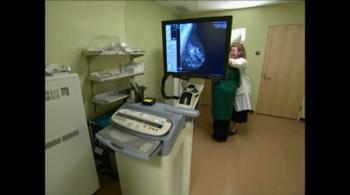
Video 2. Woman with radiologic technologist during screening mammography exam
Download.mp4
(Right-click and Save As)
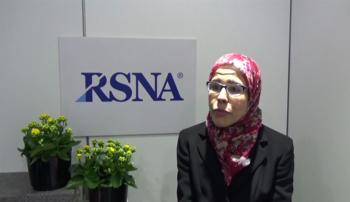
Video 5. Ghizlane Bouzghar, M.D., discusses her research on women’s preferences to screening mammography.
Download.mp4
(Right-click and Save As)

Video 6. Ghizlane Bouzghar, M.D., discusses why she chose to conduct this study.
Download.mp4
(Right-click and Save As)

Video 7. Ghizlane Bouzghar, M.D., discusses the results of her study.
Download.mp4
(Right-click and Save As)
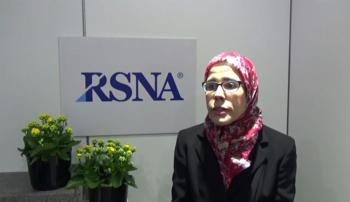
Video 8. Ghizlane Bouzghar, M.D., discusses the most interesting finding in her study.
Download.mp4
(Right-click and Save As)

Video 9. Ghizlane Bouzghar, M.D., discusses how women should decide how often to be screened.
Download.mp4
(Right-click and Save As)

